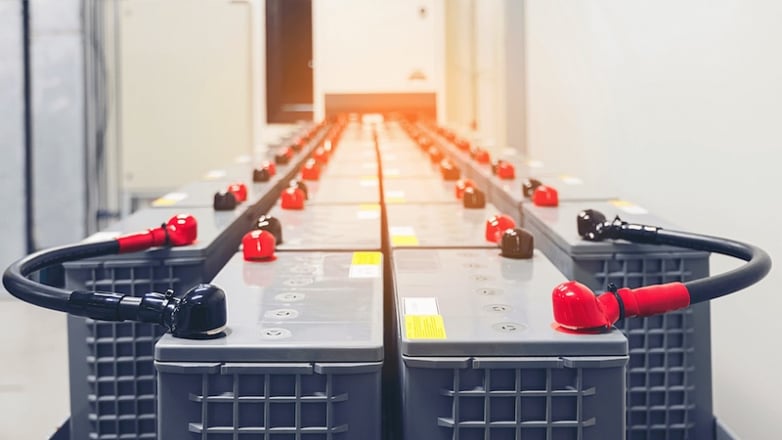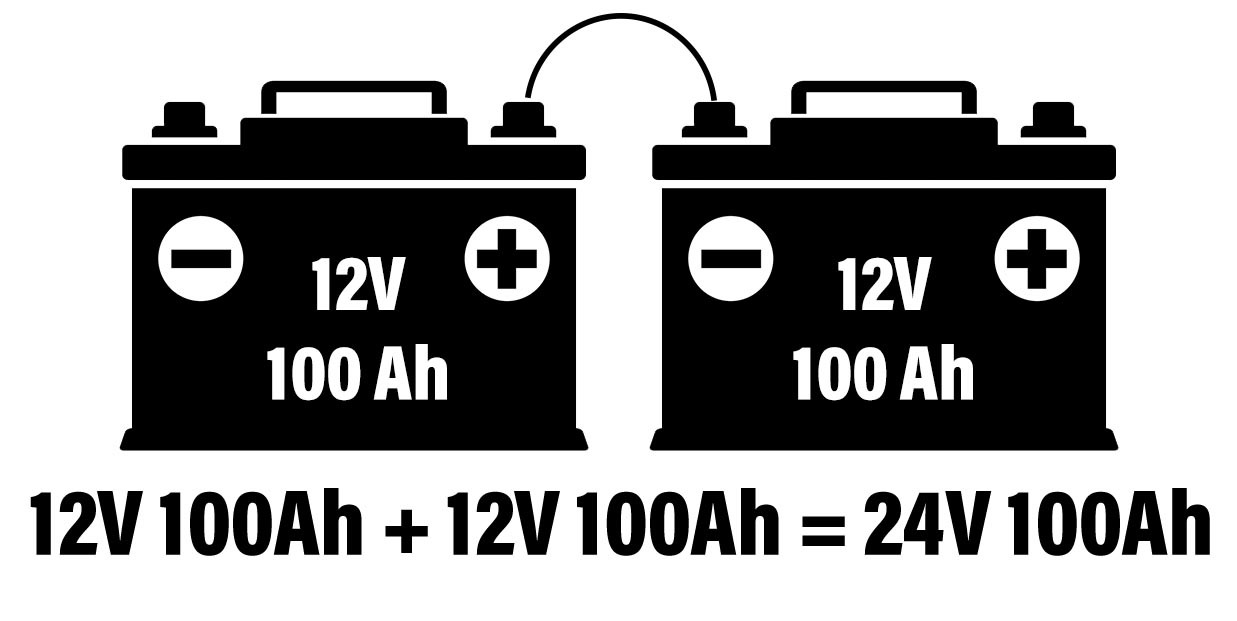Parallel and series connection of batteries – What’s The Difference & Which’s Better?

Does your boat, RV, solar installation, or other application require a higher voltage or ampere capacity than a battery can withstand? If so, connecting parallel and series connection of batteries may be the solution. But when you are trying to decide whether to connect parallel and series connection of batteries, which is better?
Both of these methods increase the total available energy, measured in watt hours. But they did it in different ways—and the results were different. Read on to learn how to connect parallel and series connection of batteries, and find out what works for you. If you want to know more about lithium solar battery, please contact Lithium ion Batteries manufacturer website.
How to connect batteries in series
Connecting batteries in series increases the amount of voltage. It will not increase the ampere capacity. For example, if you connect two 12V 100Ah batteries in series, the combined voltage will be 24V. The 100 ampere hour (Ah) capacity remains the same.
Before connecting batteries in series, make sure they have the same voltage and rated capacity. Mixing and matching suits your closet, but it won't work when creating battery settings! Doing so may be dangerous and may damage your battery.
Here is how to connect the batteries in series, step by step:
- Connect the negative terminal of one battery to the positive terminal of the next battery.
- Continue this connection until all the batteries are connected in one line (your "series").
- Now connect the positive terminal of the first battery in the series to the positive terminal of the application.
- Connect the negative terminal of the last battery in the series to the negative terminal of the application.
Note: You can also charge multiple batteries in series. But please make sure that the charger you use matches the total voltage of all batteries.
In addition, it is important to know that most but not all lithium ion batteries can be connected in series. For more information, refer to the user manual of the battery.

How to connect batteries in parallel
So what is the main difference between connecting batteries in series and in parallel? Series connection will increase the voltage, but parallel connection will increase the battery capacity. The total voltage is unchanged.
This means that two 12V 100Ah batteries connected in parallel will provide you with a total capacity of 200 ampere hours. The voltage is maintained at 12 volts.
Just like batteries in series, mix and match are not allowed. All batteries connected in parallel must have the same voltage and capacity.
The following is how to connect batteries in parallel:
- Connect the negative terminal of each battery to the negative terminal of the adjacent battery.
- Do the same for the positive terminal.
- Connect the positive terminal of the last battery to the positive terminal of the application. Do the same for the negative terminal.
Note: You can minimize the number of parallel lines by using lower voltage and higher capacity batteries.

Series batteries and parallel batteries: which one is right for me?
Is it entangled to connect batteries in series or in parallel? Ultimately, the method you use depends on the needs of the application you are trying to support.
Let's take a look at the advantages and disadvantages of each method.
Series batteries: advantages and disadvantages
For large applications that require high voltage (for example, more than 3000 watts), series-connected batteries are usually a better choice. Higher voltage means lower system current, allowing you to use thinner wiring. The voltage drop will also be smaller.
The main disadvantage of series and parallel batteries is that all your applications must operate at higher voltages. For example, if you connect two 12V batteries in series, you will end up with 24V. Unless you use a converter, you will not be able to power any 12V devices.
Parallel batteries: advantages and disadvantages
What are the main advantages of connecting batteries in parallel and in series? The voltage remains the same, but you can run the application longer because you increase the capacity. In addition, if there is a problem with one battery, it will not affect the other batteries. The working battery will continue to power your device.
As for the disadvantages, connecting the batteries in parallel will make their charging time longer. In addition, lower voltage means higher current consumption and more voltage drop. Powering large applications can be difficult, and you need thicker cables.
Batteries in series or parallel or series- parallel?
In the end, neither connection method is "better" than the other. The choice between series and parallel batteries ultimately depends on which method is best for your boat, solar installation, RV, or other power needs.
But there is another option: parallel and series connection of batteries. This does not mean that you connect parallel and series connection of batteries. That will shorten your system! The series-parallel connection can be achieved by connecting multiple batteries in series and then connecting them in parallel with another group of batteries in series.
By making these combinations, the reliability of the system will be improved, and you will also have a higher capacity. In addition, by adding batteries in series, you can increase the voltage of the battery pack while reducing the amount of current required providing a specific power or energy demand. This becomes very important for applications with higher power requirements.
Conclusion
There is no better or worse choice between parallel and series connection of batteries. Both are required in the design of the battery pack. Although parallel connections usually have more problems related to the charging/discharging process, it is necessary to understand how to use the characteristics of each of them to ensure a good design.
